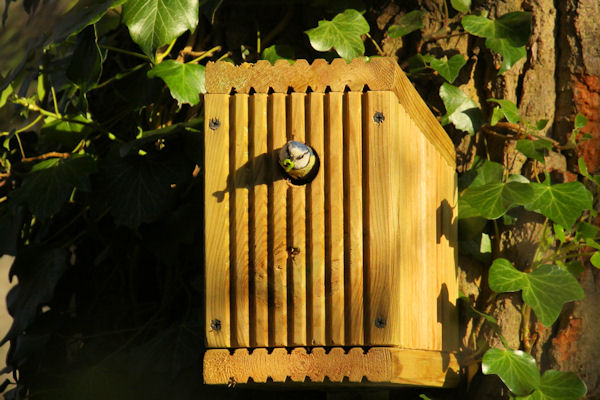Gall Wasps
Mutant acorns, or knopper galls, are a familiar sight to many of us. Many may also be aware that they are caused by a gall wasp. there could be as many as 80 species of insects that induce galls on our native English and Sessile Oaks.
Galls can be caused on the flower buds, leaves, twigs, trunk, roots or on the acorns themselves. The oaks of Bicknor Wood play host to a number of species.
Whichever one of these characters you may have your money on, they emerge as adults and different insects then make use of the hollowed out galls as shelter.
Many of these fascinating creatures have two generations per year that alternate between sexual and asexual (cyclical parthenogenisis). The sexual generation consists of both genders and reproduces in the expected manner, but the eggs lain will all prove to be female and hatch as the asexual generation. Each generation induces a different gall and will sometimes use a different host tree species.
Finding the galls allows us to assume a presence of the creatures in the wood and they can therefore be added to the list of life that exists within it.
The invasive Oriental Chestnut Gall Wasp, Dryocosmus kuriphilus, has found its way to Bicknor Wood from Asia, via Farningham Woods (M25 J3). It is a Sweet Chestnut specialist and a kinked curl at the edge of a leaf is the first sign that a gall has been induced.


.jpg)
.jpg)
.jpg)

.jpg)



Comments
Post a Comment